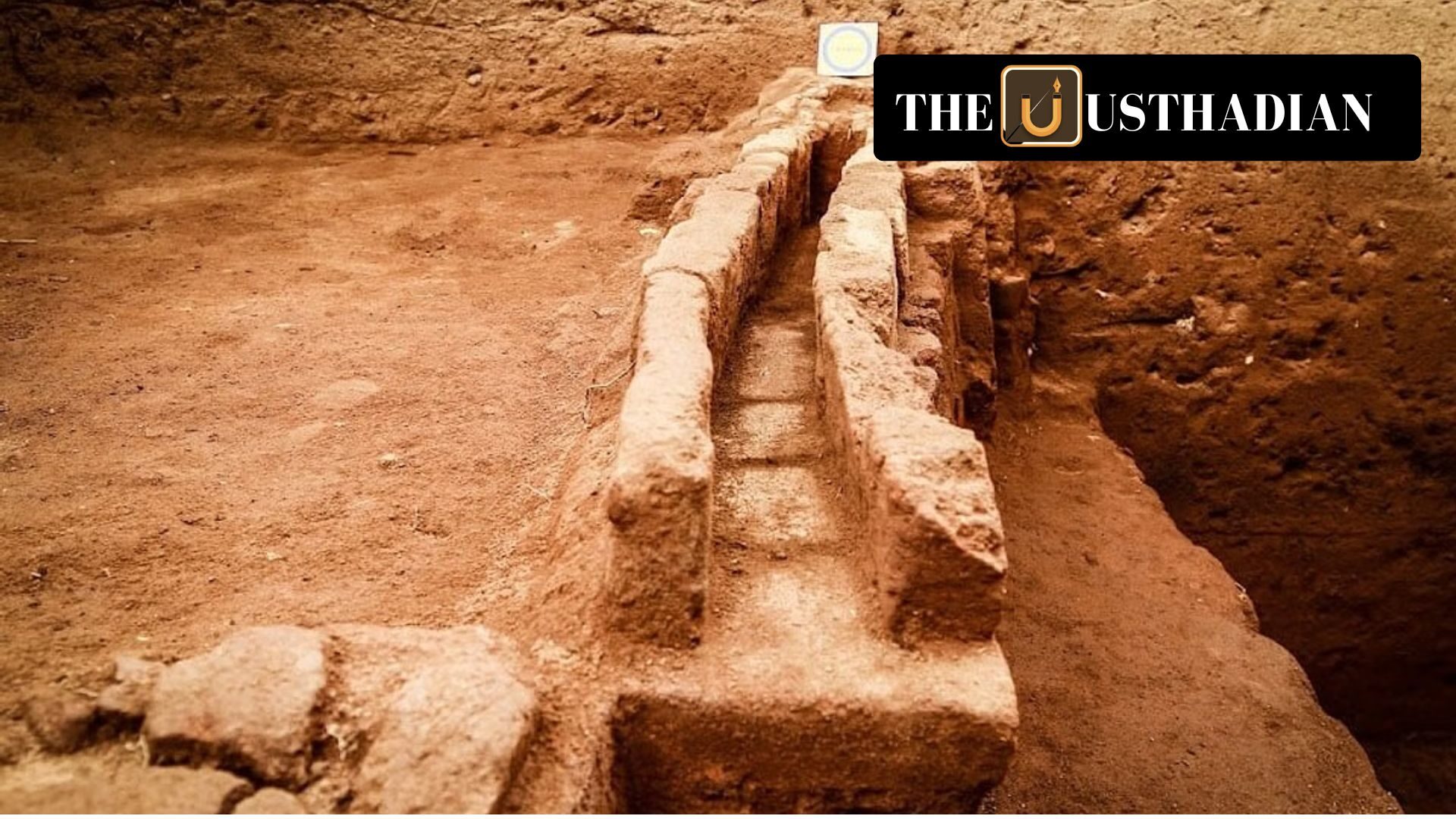A Historic Shift in Metallurgical Understanding
Tamil Nadu’s Ancient Iron Technology May Predate Global Iron Age Narratives: Recent excavations in Tamil Nadu have dramatically altered the established narrative of early iron usage in the Indian subcontinent. According to archaeological findings, iron was being smelted as early as 3345 BCE in the Sivagalai region of Thoothukudi. This revelation significantly predates the widely accepted global Iron Age timeline, previously associated with the Hittites in West Asia (c. 1300 BCE), by nearly two millennia.
South India’s Metallurgical Legacy
Over 85 iron objects, including weapons such as swords and arrowheads, were recovered from sites like Adichanallur (2517 BCE) and Mayiladumparai (2172 BCE). These sites, particularly Sivagalai, yielded burial urns with iron residues. Advanced scientific methods verified the dating, positioning Tamil Nadu as a forerunner in ironworking traditions.
Scientific Verification and Dating Methods
The research made use of AMS14C (Accelerator Mass Spectrometry) for charcoal-based dating and Optically Stimulated Luminescence (OSL) to test ceramic fragments. These high-precision tools established that southern India’s metallurgical activities began in the early 4th millennium BCE, well before the rest of the subcontinent.
Evidence of Advanced Furnace Engineering
Sites such as Kodumanal, Chettipalayam, and Perungalur revealed iron-smelting furnaces of varying designs. In particular, Kodumanal’s circular furnaces achieved operational temperatures of 1,300°C, sufficient for producing sponge iron. These early engineering feats demonstrate the technical sophistication of Tamil Nadu’s ancient societies.
Broader Implications for Indian History
These discoveries indicate that South India may have entered the Iron Age concurrently with the Indus Valley Civilization (3300–1300 BCE). While the northern regions were transitioning from Chalcolithic cultures, Tamil communities were already adept at smelting and shaping iron, suggesting a regionally distinct evolution of technology and culture.
Rethinking Global Iron Age Origins
Until now, the Hittite Empire was believed to be the originator of iron metallurgy. Tamil Nadu’s early technological evidence contests this notion, possibly placing India at the forefront of metallurgical innovation. Scholars now advocate for re-examining Harappan artefacts in light of these new dates, which may uncover overlooked iron traces.
Static GK Snapshot
| Topic | Detail |
| Earliest Iron Smelting Date | 3345 BCE (Sivagalai, Tamil Nadu) |
| Key Archaeological Sites | Sivagalai, Adichanallur, Mayiladumparai, Kodumanal |
| Dating Techniques Used | AMS14C (Charcoal), OSL (Ceramics) |
| Furnace Temperature at Kodumanal | 1300°C (For Sponge Iron) |
| Global Comparison | Hittites – 1300 BCE; Tamil Nadu leads by ~2000 years |
| Historical Significance | Iron Age in South India parallels Indus Valley Civilization |








